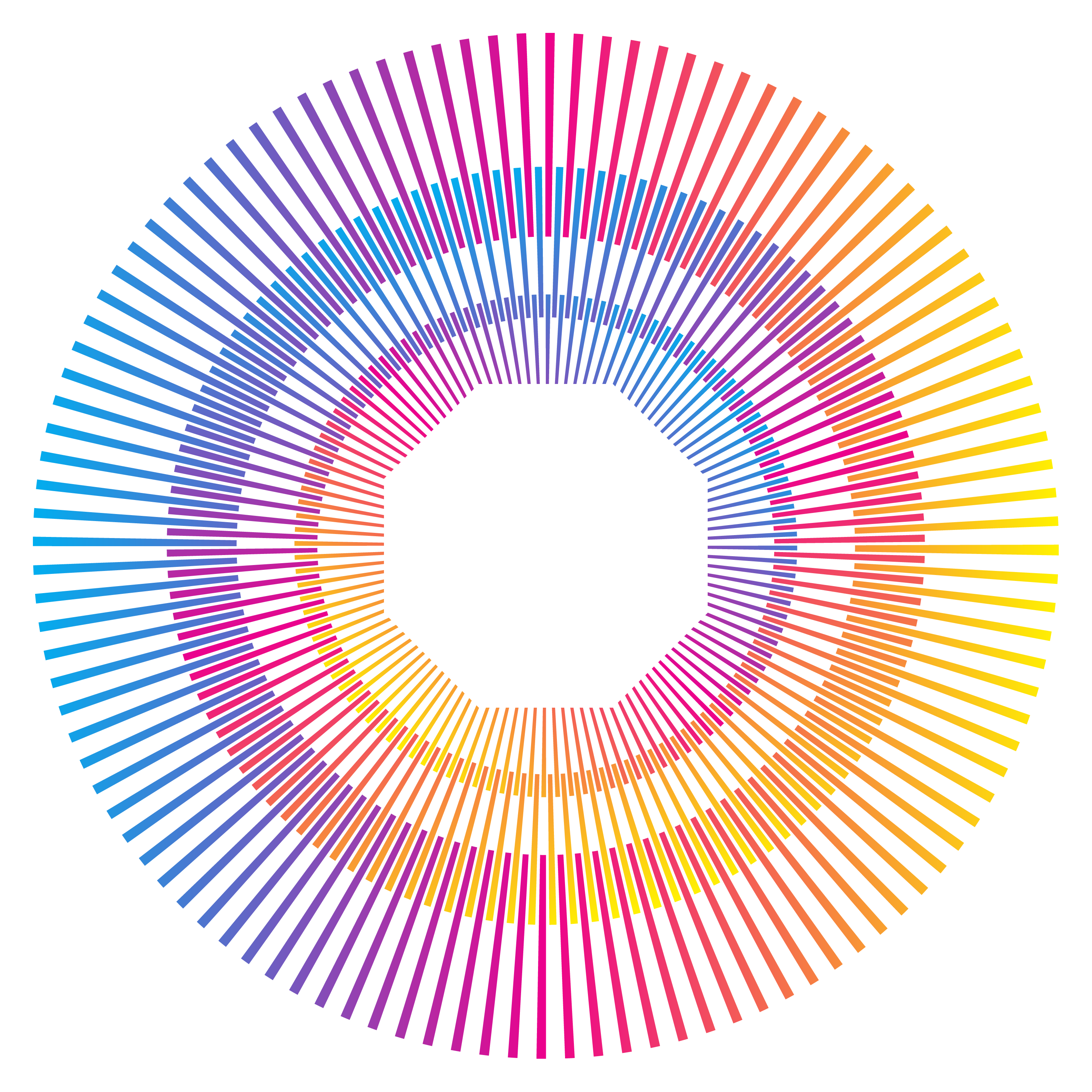By JIM LOUDERBACK

TL;DR
- YouTube makes it easier to add multiple language tracks to videos – great news for creators and viewers alike.
- Social media may be unhealthy for teens, especially for girls and regulators may step in. The industry needs to step up and address this.
- AI-generated images are now essentially open source, mainstream media discovers creator-first brands and an AI video generator that actually works today.
This Week: YouTube makes it easier to add multiple language tracks to videos – great news for creators and viewers alike. However, social media may be unhealthy for teens, especially for girls and regulators may step in. Also, AI-generated images are now essentially open source, mainstream media discovers creator-first brands and an AI video generator that actually works today. Also I’m excited to welcome “wndr” as our sponsor this week, a cool new app that helps travel creators monetize their passion. It’s the end of February and here’s what you need to know now!
- YouTube Opens Up Videos To The World: Nuseir Yassin (Daily Nas) has been telling creators to embrace other languages for years, saying that “80% of the world doesn’t speak English, so if you only make content in English, you are only talking to 20% of the world.” Now YouTube is making it easier to add multiple language tracks to a video. Jimmy Donaldson’s (Mr. Beast) company has been a leader here as well. He worked with Unilingo on his first Spanish language channel, and subsequently ramped up his own internal dubbing capability. Great news also for Papercup, an early leader in delivering AI-generated translations that preserve the cadence and voice of the source material. As Nuseir says, “You should localize your content because a kid in Egypt deserves to hear you just as much as a kid in Wisconsin”. Props to YouTube for making that easier for creators AND viewers.
- Social Media Unhealthy For Teens: We’re seeing more and more evidence that social media is really bad for teen girls. Given that tweens and teens live on social, this is a problem. The industry needs to step up and address this – but I expect regulators to step in as well. China is leading here, as the local version of TikTok limits kids 13 and under to 40 minutes a day – and online gaming is restricted as well. Pinterest CEO Bill Ready is taking the lead in the U.S. as the company builds on its reputation for being a safe space. Expect this issue to only grow over the coming months.
- AI-Generated Images Are Open Source: That’s right – AI-created images cannot be copyrighted. Eric Farber, founder of Creators Legal told me he wasn’t surprised, because “original works can be copyrighted if they are human created, not machine created.” This has huge ramifications for creators as it moves into chat results, video, 3D models and other areas. I also wonder just how much you would need to customize a GenAI creation to make it protectable. Farber responds that there’s “a lot left to play out. The most significant thing is that the copyright act hasn’t been truly updated in years and just doesn’t cover our world today.”
- Mainstream Media Discovers Creator-First Brands: This Washington Post story on KSI and Logan Paul’s Prime brand concludes that community and cult will drive new brand development over the next 10 years. There are many more examples beyond Prime, but also beware of the cautionary tale that is Tesla. Elon Musk – arguably the world’s biggest influencer – drove Tesla to the top but is now destroying both Tesla and Twitter with his flailings. Cathy Hackl posts that creators shouldn’t be “afraid to launch new things”. But trust and community can be fleeting. If you launch a brand, be very careful that you don’t screw it up.
- AI Generated Video Finally Arrives: Video generation platform Wochit released an AI experiment last week, which uses a ChatGPT-like AI to generate a surprisingly good video based on a 1-2 sentence description. This current version lacks a voice track but draws on Wochit’s decade-long storehouse of images, b-roll and attractive templates to build short but compelling videos that are ready for posting to Facebook, YouTube and other platforms. Read my deeper analysis and watch my first video for more insight. Full disclosure, I was on Wochit’s advisory board 7 years ago, but have no connection to the company today.
SPONSOR: Introducing wndr – the best way for travel creators to convert followers into hotel bookings. With wndr, creators can customize, personalize and connect their own travel storefront with over a million hotels worldwide, and offer discounted hotels to their followers directly from their social media profiles.
Wndr is revolutionizing travel creator monetization by democratizing the power of global booking platforms to creators, allowing them to generate up to 10% off every booking made on their wndr page.
QUIBIS:
- Lots of buzz about the new news-reader app Artifact from Instagram’s founders. AI, blah, blah. Smart News is better (at least today).
- Fascinating article about creator-centric events in the B2B space. I think it could scale into the B2C space as well.
- Looks like the internet is safe for now – the Supreme Court seems unlikely to act on the latest “Section 230” case. But other cases and Congressional action still pose a risk.
- WhatsApp is working on a newsletter tool.
- A good point from my friend Nikola Sokolov – the Meta paid verification plan includes 100 “stars” which can be used for tips – a potential creator windfall.
- TikTok’s parent Bytedance launches new “Lemon8” social shopping app in the U.S. and U.K. Just another thing to ban, I guess.
- Fascinating interview by Peter Yang of a top product manager who was at Google, ran the Facebook news feed and is now at Microsoft. Great insight into each org.
- Rex Woodbury writes about the top five trends upending commerce. TLDR? Jump to the part about TikTok interns.
- New “brands on social” study from Rival IQ finds that TikTok rules, while both engagement and frequency are declining across all four platforms analyzed.
- College students more likely to turn to TikTok than Google to help with homework.
- Amazon embraces synthetic creators via an investment in Superplastic.
CRYPTIS:
- Interesting essay on why fandom isn’t a job, with a bonus 8-year-old map of Tumblr. Oh, and Tumblr turned blue into green with a Twitter verification parody that hilariously actually made a bunch of money.
- OpenSea makes a mess of new NFT royalty plans, which leaves some creators in the lurch. This essay explains what it’s all about. However it shakes out, creators are the big losers.
- The SEC is finally going after sketchy crypto big time.
GENIES:
- Troy Young with another insightful post about the future of media in the world of AI – this one focuses on upcoming media hacks that will make pop-under ads seem tame.
- Kajabi embraces AI co-pilot tools to help creators build and sell courses. Also fun fact – I’m moderating a creator economy super session at SXSW in two weeks with Kajabi president Sean (Solme) Kim and top creators Cassey Ho and Matt Steffanina. See you there!
Tip of the Week: Setting up a Discord server is a non-trivial task with lots of pitfalls. But the Communityone newsletter just finished its three part series on how to set up Discord to perfection. Read Part 1 here (ht Brendan Gahan).
What I’m Watching Playing: Finally beat Pokémon Violet last week. Super fun for open-world gamers even if you’re not a Pokefan.
Thanks so much for reading, and see you around the internet. Send me a note with your feedback, or post in the comments! Feel free to share this with anyone you think might be interested, and if someone forwarded this to you, you can sign up and subscribe on LinkedIn for free here!
If you’re interested in working together as a sponsor to reach the leaders in the creator economy, check out Inside the Creator’s sponsorship packages and/or email me at jim@louderback.com.
And don’t forget to listen to The Creator Feed – the weekly podcast Renee Teeley and I produce – get it on Apple Podcasts, Spotify or Stitcher!


